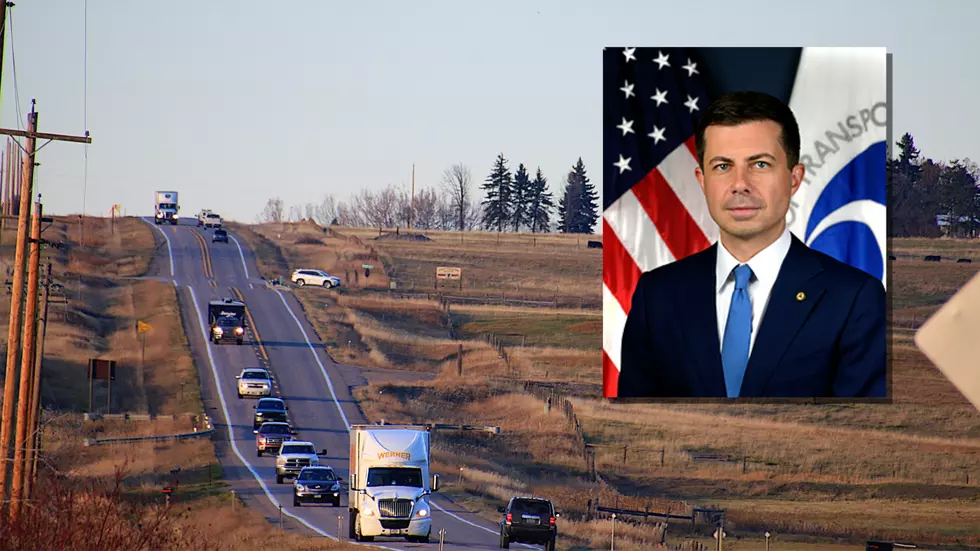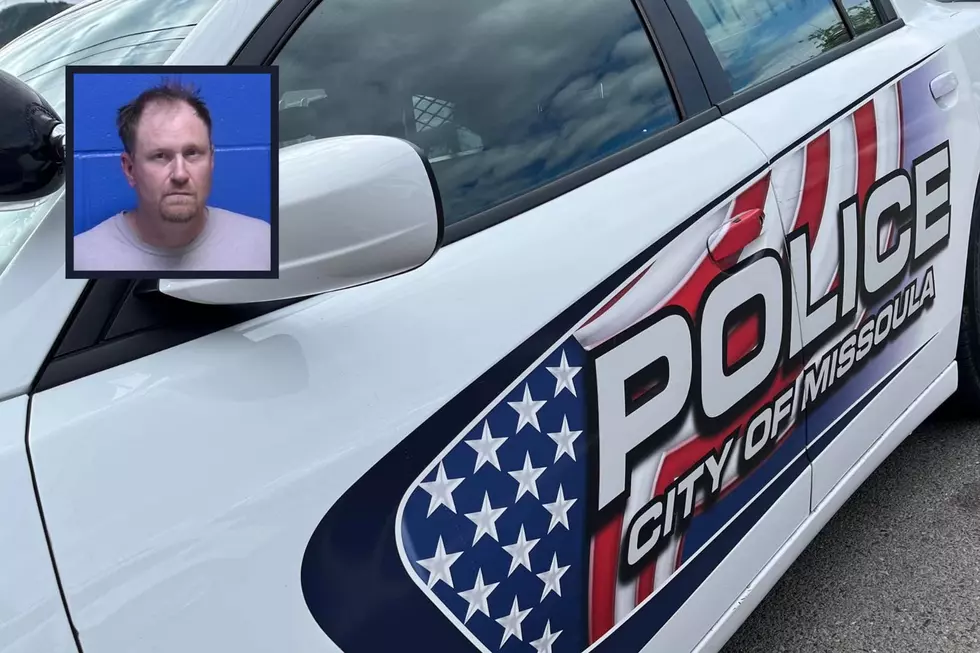
Stone-Manning: Collaboration to play large role in BLM efforts
Laura Lundquist
(Missoula Current) When diverse groups collaborate, they can solve parts of their own problems, and sometimes, they can also help out struggling agencies like the Bureau of Land Management.
On Thursday, that’s what BLM Director Tracy Stone-Manning told about 130 participants who gathered at the Hilton Garden Inn for a two-day workshop sponsored by the Montana Forest Collaboration Network and the Idaho Forest Restoration Partnership. The Montana Forest Collaboration Network includes 23 working groups from the Yaak in the northwest to the Custer-Gallatin in south-central Montana.
“It is safe to say that (the BLM) has more than enough to keep us busy and a relatively small team with which to do them. Which is why our agency leans heavily on the good work of partners, like many of you, who want to work on improving the health of our public lands,” Stone-Manning said.
Stone-Manning was the keynote speaker of the 8th annual workshop on collaboration and the 3rd that brought together land agencies, county commissioners and nonprofit groups from both Montana and Idaho to develop better relationships and methods to achieve collaboration on various issues although the emphasis is on forest management.
Participants included representatives of the U.S. Forest Service, BLM, Montana Department of Natural Resources and Conservation, The Nature Conservancy, Trout Unlimited, Society of American Foresters, Wilderness Society and the Idaho Forest Group, among others.
Lauding the funding that the 2022 Inflation Reduction Act provides, Stone-Manning said collaborative efforts had opened the way for federal agencies to identify six landscapes in Montana and Idaho, including the Blackfoot-Clark Fork, that would receive more than $45 million for restoration projects. Fifteen other landscapes are scattered throughout nine other Western states.
“We see this as a once-in-a-generation investment in the restoration and resilience of our public lands,” Stone-Manning said. “These landscapes were selected with collaboration in mind. When the funding was first made available, we asked our teams to identify landscapes across boundaries, places where we have strong and growing collaborative relationships with partners and where we can start putting shovels on the ground.”
She also pointed to the Bipartisan Infrastructure Law funding, which has allowed the BLM to invest $18 million in treating 218,000 acres in Montana and Idaho.
“We need to continue to do more proactive work, better prepare ourselves for significant events, and public land management agencies cannot solve this issue alone,” Stone-Manning said.
Stone-Manning said collaboration would be needed to identify other public lands that qualify for new conservation leases that the Bureau of Land Management’s proposed Conservation and Landscape Health Rule, also called the Public Lands Rule, will make possible for the first time. The public comment period on the rule closed in July, and Stone-Manning said it will be finalized sometime in 2024.
As an example, if a conservation organization wanted to invest in restoring big-game habitat in an area, the lease would provide the time for reintroduced vegetation to return without being damaged by other uses, Stone-Manning said.
“Much of that work is going to rely on close collaboration with partners in the field. Under the proposed rule, we’ll be able to lease public lands for restoration and mitigation, prioritizing high-value habitat for land-health work while still allowing public access for use and enjoyment,” Stone-Manning said. “As the rule is finalized, we truly do want to work with partners to find the right places to put this to work on the ground. You all know it best because you’re closest to it.”
Stone-Manning said she didn’t have an answer yet for the commissioner; the BLM was still debating some questions.
“I hope you’ll see (the conservation lease) as a pressure relief valve, not an additional pressure. One way is to ensure that it makes sense for that piece of ground,” Stone-Manning said. “(Grazing for wildlife and cattle) are compatible. More importantly, if done right, they’re not only compatible, but they can be a restoration tool.”
One attendee asked if there were any discussions in Washington, D.C., about empowering collaborations so other groups couldn’t stall a plan by taking it to court.
Stone-Manning said no, but whenever projects are brought forward, agencies give more priority to those that were developed through collaboration.
Sen. Jon Tester, who addressed the participants over Zoom, said that Congress tends to pay more attention to collaborative efforts, such as the one that created the Blackfoot Clearwater Stewardship Act.
“With the Blackfoot Clearwater Stewardship Act, not everyone got exactly what they wanted. But everybody is a winner and they’re getting most of what they wanted instead of nothing at all. And that is the mark of good compromise,” Tester said. “It shows that if the folks in Montana can work and get things done, we oughta damn well do that back in Washington, D.C., too. It shows obstruction just for the sake of obstruction isn’t the status quo.”
Sen. Steve Daines sent a taped statement saying that forest management is best handled at the local level.
Tim Love, Montana Forest Collaboration Network coordinator, said collaborative efforts don’t include everyone but some groups don’t want to participate.
“It’s a matter of record, if there is litigation, that this or that collaborative worked. So it’s more of an image issue. Because the federal courts do recognize collaboration,” Love said. “The people who participate are not the strident, empowered-by-conflict groups. Collaboration doesn’t work for (those groups). It’s their way rather than the shared way. And we need to find a shared way. Collaboratives can’t do much to compensate – just let the chips fall. It’s so frustrating, but there’s no other alternative.”
Some groups don’t participate because they don’t trust governments, while others see collaboratives as bypassing the public process laid out in the National Environmental Policy Act. Mike Garrity, Alliance for the Wild Rockies executive director, said he participated in one collaborative group only to watch the Forest Service ignore the recommendations because they aren’t binding. Also in the Blackfoot Clearwater collaborative, timber groups already got their part of the deal while wilderness is still waiting.
“This idea that the only way to participate is as part of a collaborative is anti-democratic. NEPA lets all Americans comment, anybody who wants to. You don’t have to go to a meeting, you don’t have to take time off work,” Garrity said. “NEPA is the perfect collaborative.”
Before being appointed BLM director, Stone-Manning participated in several collaborative groups while working for Montana agencies and nonprofit groups. She said she knew about the long hours and frustration that can go along with collaboration, but encouraged the participants to hang tough.
“It’s tempting to say these times are too hard to do this work in. I know everybody in this room has said it’s too hard, I just can’t do any more. I’m asking you to push through it,” Stone-Manning said. “It’s the collective work of people in rooms like this all across the country that is going to see this country forward, showing that working together is the best thing to do in the end.”
Contact reporter Laura Lundquist at lundquist@missoulacurrent.com.
States with the most registered hunters
Gallery Credit: Meagan Drillinger
More From Newstalk KGVO 1290 AM & 98.3 FM









